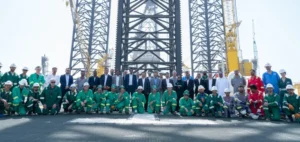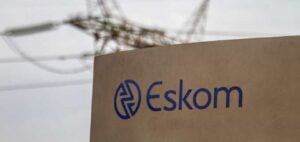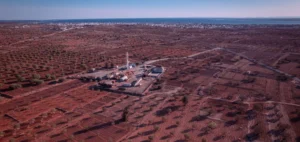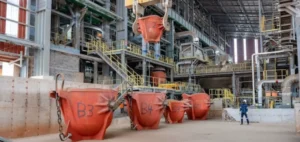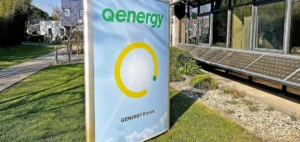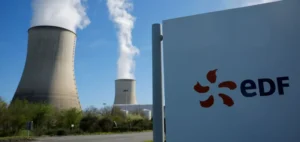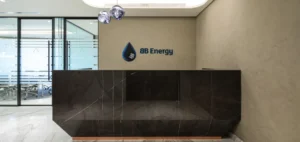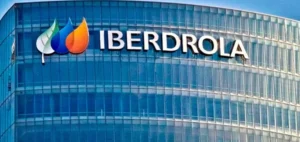In Asia Pacific, companies are contracting a record 7GW of renewable energy capacity via APPs in 2022.
Progress of renewable energies
In Asia-Pacific, renewable energy purchases are at an all-time high. Decarbonization ambitions are growing in the region. However, fuel prices, and the new competitiveness of renewable electricity, are the main reasons for these record purchases.
The purchase of renewable energy increases by 80% compared to 2021. This figure should be put into perspective, as the year shows a lower demand due to the pandemic. Renewable energy purchases are growing strongly, thanks in part to the appeal of APPs to businesses.
The price factor plays an increasing role today. The cost of electricity drops for utility-scale solar. The same is true for commercial solar and onshore wind. In addition, the price of fuels such as LNG or crude oil is increasing.
The benefits of a PAL
Thus, the cost of renewable energy is 46% lower than average industrial user rates in 2022. Companies in Asia-Pacific value APPs for purchasing renewable energy. These contracts between a renewable energy developer and a consumer company have advantages.
First of all, the purchase is made directly with the developer. Thus, the producer guarantees the origin of the renewable energy. On the other hand, it is done at an agreed price.
Companies find value in APPs because they receive certificates of origin for renewable energy. This allows them to provide proof of carbon offsets. Thus, APPs provide access to a reliable source of energy, with no upfront costs and no maintenance operations.






